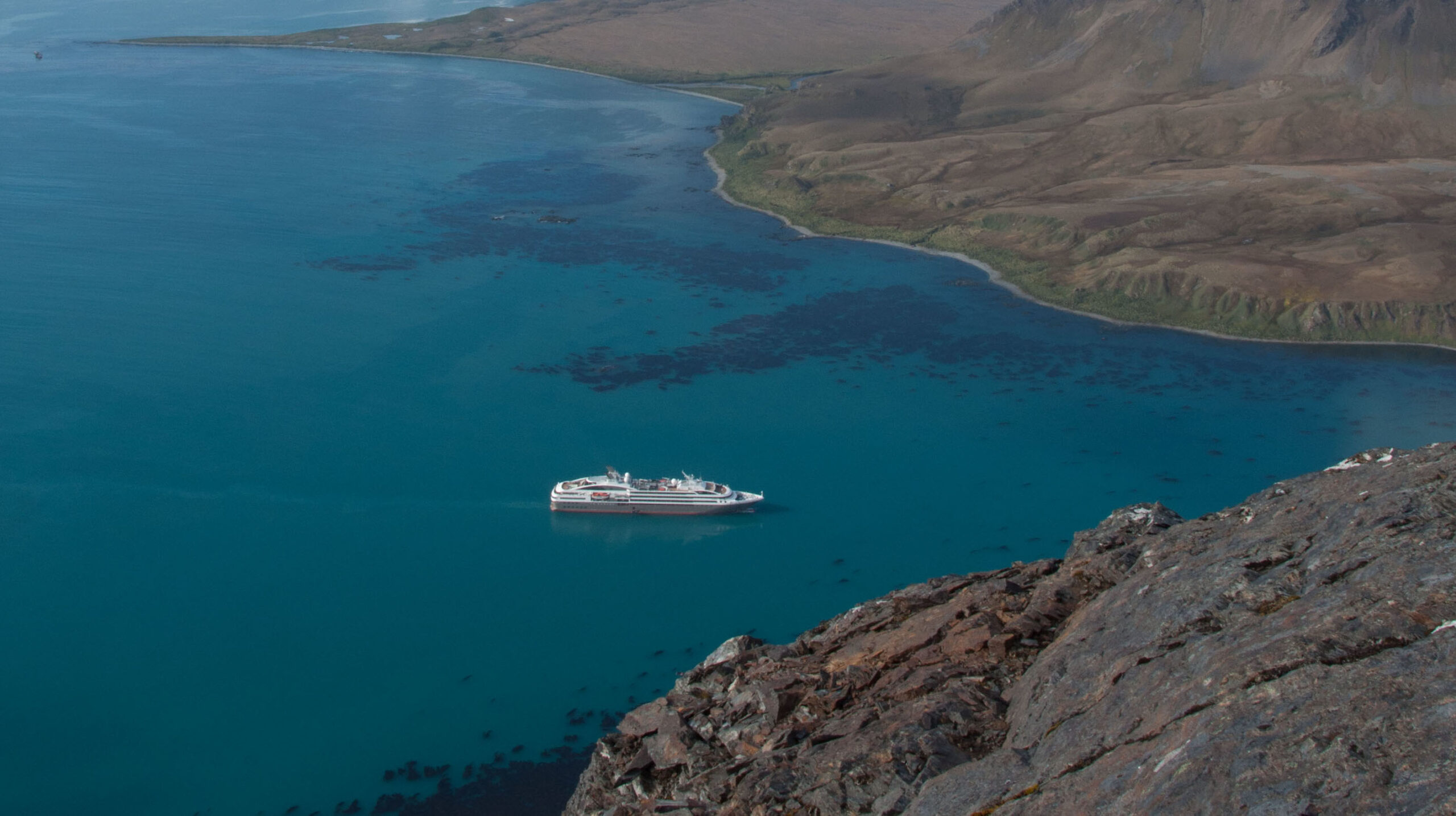Developing invasive species watch lists for resource poor nations
Invasive species risk assessments have been developed to identify species that pose an invasion risk. Unfortunately, risk assessments tend to be expensive and time consuming, and due to a lack of resources (data, skills and funding) many resource poor nations cannot implement these tools. For developing nations, a useful alternative approach may be to develop watch lists of invasive species.



